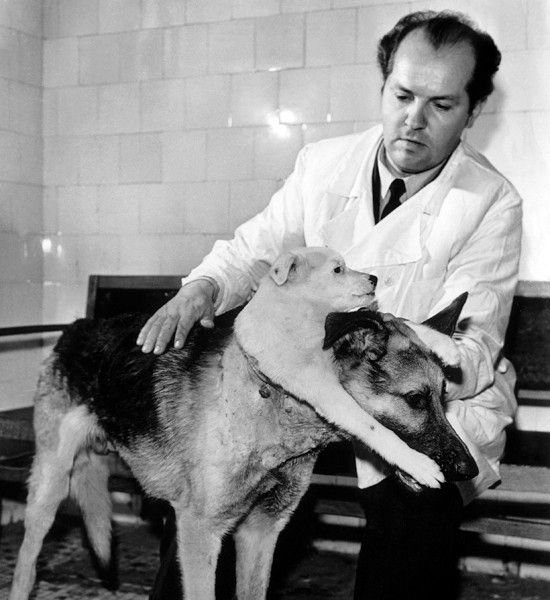Vacationing in Tokyo has made getting on with practical work a bit of a struggle [not to mention the looming urgency of contextual report] but that’s not to say I haven’t come across some interesting bits of info that could be great inspiration.
My haphazard stab-in-the-dark forays into the world of science seemed like the perfect occasion to buy a book I first started eyeing sometime last year: Elephants on Acid and Other Bizarre Experiments. This is an amazing collection of stories about mad scientists through the ages doing mental and unspeakable things to animals, other people and themselves. Some of them are pretty hard to believe – the entire first chapter is dedicated to various attempts at reviving the dead, using a combination of artificial circulatory systems and electrical circuits.
Dr. Demikhov’s Two-Headed Dogs were especially brutal [brace yourself for some awful images], but interesting because of their entanglements with the Cold War. Seems there was a surgery-race alongside the arms, space and whatever else races, and it confirms just how politically charged breakthrough science technology can be, especially when it comes to things that really stokes the futurist imagination. Synthetic biology will surely produce equally impressive yet farcical mutant creations that serve no real purpose other than showmanship. Definitely when it comes to genetic manipulation in humans, the implications for health care, business and even sports will all make political waves.
There were some other stories involving the senses that were considerably less morbid. After seeing Sissel Tolaas’ smell works in person, I noticed a few connections to her ideas, particularly the thing about body odour and cheese, and how influential the power of suggestion can be [Smell Illusions]. There was another experiment that found the introduction of certain smells into environments can get you to spend more money, although the experiment wasn’t detailed enough to pinpoint exactly what smells work best. It definitely makes sense that some smells could put you at ease, and others make you stressed or disturbed, without you consciously understanding how or why. Pheromones are particularly relevant to the project I think, and apparently scientists have discovered a tiny opening in the nose that is specifically tailored to picking up the pheromones of other humans. The conclusion is that this is how women end up syncing their periods when spending extended amounts of time together. The precise extent to which pheromones actually affect humans is still inconclusive, so I wouldn’t go buying into any consumer products that claim otherwise, but it could be an interesting avenue to explore.



